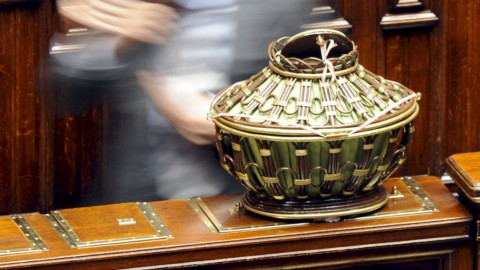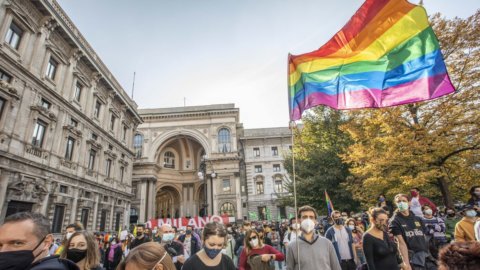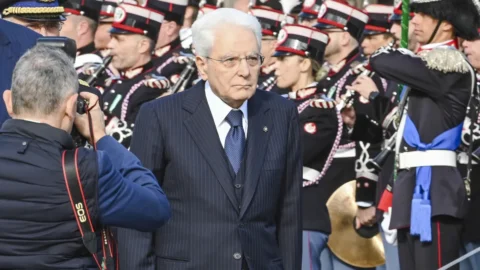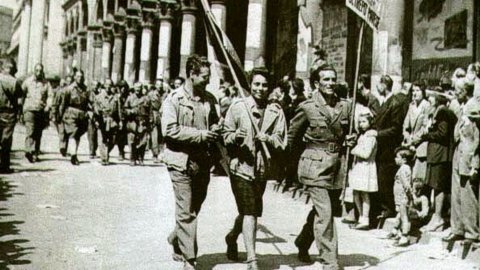The question is always the same at the end of each seven-year period: how is the President of the Republic elected? Now that MPs and regional delegates are preparing to choose the new Head of State from the afternoon of Monday 24 January, doubts about the procedure are the order of the day. Luckily, escaping them is simple. Just browse the Constitution up toArticle 83, which in the first two paragraphs explains who the big voters.
1) WHO ELECTS THE PRESIDENT OF THE REPUBLIC?
“The President of the Italian Republic is elected by Parliament in a joint session of its members. Three delegates for each Region participate in the election, elected by the Regional Council so that the representation of minorities is ensured. Valle d'Aosta has only one delegate”.
In all, therefore, 1.009 people elect the President of the Republic: 630 deputies, 321 senators and 58 regional delegates. However, this is the last time that the operations involve such a large audience, given that - as required by the constitutional law confirmed by referendum in 2020 – from the next legislature parliamentary seats will be halved.
2) HOW IS THE PRESIDENT OF THE REPUBLIC ELECTED?
The third paragraph of article 83 explains how the election procedure works:
“The election of the President of the Republic takes place by secret ballot with a two-thirds majority of the assembly. After the third ballot, an absolute majority is sufficient".
In order to quickly have the name of the new Head of State, a broad parliamentary agreement would therefore be needed, which on this occasion is invoked more than usual, because the government majority includes all parties except the Brothers of Italy and therefore a clash could jeopardize the 'executive.
At the moment, the only name on which all political forces seem to converge is that of Mario Draghi. However, if the Prime Minister were to move to Colle, another name would have to be found for Palazzo Chigi capable of holding the current majority together. A mission that is anything but simple.
3) WHAT ARE THE REQUIREMENTS TO BE ELIGIBLE?
If, on the other hand, in the first three votes at least two thirds of parliamentarians and delegates do not agree, i.e. 673 voters out of 1.009, the fourth call will proceed with an absolute majority: the bar will therefore drop to 505 votes and at that point it could happen of everything. Or rather, not quite everything, because article 84 of the Constitution establishes three requirements to be eligible for the office of President of the Republic: having Italian citizenship, enjoying civil and political rights and having reached the age of 50.
4) HOW LONG WILL IT TAKE?
As for the timing, some commentators predict that this year the white smoke will arrive after four days, but of course it doesn't necessarily happen that way, also because the procedure will be much slower than usual: usually two votes are cast a day, one of morning and one in the afternoon, but this time the anti-Covid measures will require us to limit ourselves to one.
So far, in the history of the Republic, the most laborious election was that of the Christian Democrat Giovanni Leone, who in 1971 required no less than 23 ballots in 15 days. The fastest, however, was that of Carlo Azeglio Ciampi, concluded in just two hours and 40 minutes thanks to a transversal agreement between Veltroni, Fini and Berlusconi. However, the record of preferences remains with Sandro Pertini, who in 1978 obtained 82,3% of the votes.
5) HOW MANY VOTES DO THE CENTRE-RIGHT AND THE CENTRE-LEFT HAVE?
Finally, the numbers of the Parliament called to elect the successor of Sergio Mattarella. On paper, the center-right has 452 large voters, while the sum of Pd, Movimento 5 Stelle and Leu reaches 408, which rises to 463 if we also consider the 44 of Italia Viva and the 5 of Azione-Più Europa. The 94 big voters coming from the Misto group or not registered in any component will therefore be decisive.
Read also:





